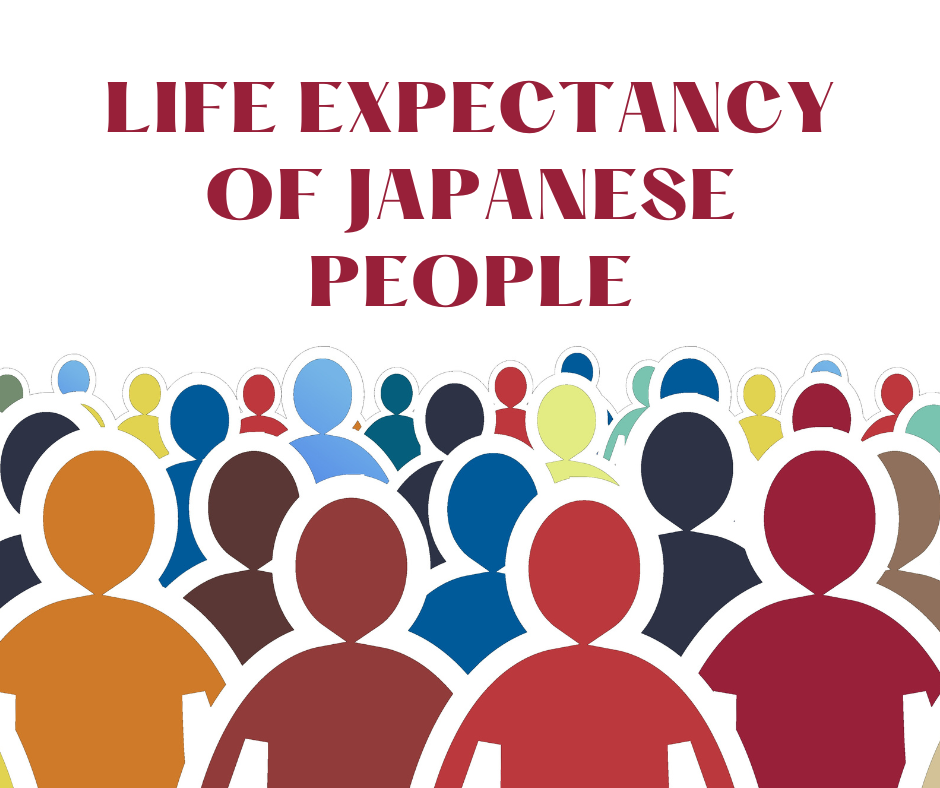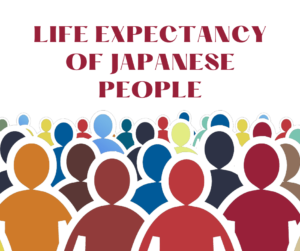

Japanese life expectancy is globally recognized as one of the highest, with an average of around 82 years. Factors contributing to this longevity include a well-developed healthcare system, emphasizing preventive care and universal access. The traditional Japanese diet, low in unhealthy fats and high in fish and vegetables, along with active lifestyles, contributes to better health. The country’s strict anti-smoking regulations and active engagement in social and community activities among the elderly also contribute.
However, regional variations and socioeconomic factors influence life expectancy, while changing lifestyles and an aging population present new challenges. Japan remains committed to promoting longer and healthier lives for its people.
Factors Influencing Life Expectancy of Japanese People
1. Lifestyle Choices in Japan
Lifestyle choices in Japan are characterized by healthy habits and cultural practices. The traditional Japanese diet, focused on fresh seafood, rice, vegetables, and fermented foods, promotes good health. Regular physical activity, such as walking and cycling, is common. Social engagement and finding purpose in life are also emphasized for overall well-being.
2. Diet and Nutrition in Japan
The Japanese diet is renowned for its emphasis on health and longevity. It is based on fresh, seasonal ingredients, including fish, rice, vegetables, and fermented foods like miso and soy sauce. The balance of nutrients, low fat content, and high consumption of seafood contribute to the health benefits associated with the Japanese diet.
3. Healthcare System in Japan
The healthcare system in Japan is known for its accessibility, quality, and universal coverage. It provides comprehensive medical services to all residents. Japan has a well-developed infrastructure of hospitals and clinics, advanced medical technology, and a focus on preventive care. The system ensures that individuals can receive necessary healthcare without facing financial hardships.
4. Public Health Initiatives in Japan
Public health initiatives in Japan prioritize the well-being of the population and aim to promote a healthy society. The government has implemented various policies to address health concerns, including smoking regulations, healthy eating campaigns, and initiatives promoting physical activity. These efforts contribute to the high life expectancy and overall health of the population.
5. Longevity Secrets of Japanese People
The longevity secrets of Japanese people lie in their lifestyle choices and cultural practices. These include a healthy and balanced diet, rich in fish, vegetables, and fermented foods. Active lifestyles, regular physical activity, social engagement, and finding purpose in life contribute to their overall well-being and longevity.
6. Comparison of Japanese Life Expectancy to Other Countries
Japanese life expectancy consistently ranks among the highest in the world. As of my knowledge cutoff in September 2021, the average life expectancy in Japan was around 82 years. This places Japan significantly above the global average. In comparison to other countries, Japan’s life expectancy surpasses many developed nations, including the United States and several European countries. Factors such as advanced healthcare systems, healthy lifestyle habits, and a strong emphasis on preventive care contribute to the longevity of the Japanese population. However, it’s important to note that life expectancy can vary among different regions and is influenced by various socioeconomic factors within Japan and across different countries.
7. Challenges to Japanese Life Expectancy
While Japanese life expectancy remains high, several challenges pose potential threats. An aging population presents new healthcare demands and strains on social welfare systems. Lifestyle changes, including shifts towards a more Westernized diet and sedentary behavior, may impact health outcomes. Rising rates of chronic diseases, such as cardiovascular conditions and cancers, require continued healthcare advancements.
Additionally, socioeconomic factors contribute to disparities in life expectancy among different regions and income groups. The Japanese government faces the challenge of adapting healthcare policies, promoting healthy lifestyles, and addressing social and economic inequalities to sustain and improve the country’s remarkable life expectancy rates.
8. Future Perspectives on Japanese Life Expectancy
Looking into the future, Japanese life expectancy is expected to continue its upward trend, albeit with potential challenges. Advances in medical technology and healthcare infrastructure will likely contribute to improved longevity. However, an aging population and changing lifestyle patterns pose concerns. The government and society will need to address healthcare demands, promote healthy behaviors, and develop strategies to tackle age-related diseases and social inequalities.
Additionally, emerging fields like genetic research and personalized medicine may offer new possibilities for enhancing individual health and extending life expectancy. Overall, future perspectives on Japanese life expectancy require proactive measures to adapt to evolving healthcare needs and ensure the well-being of the population.
Learn About Japanese Culture
SEO Partner: ShojibAds